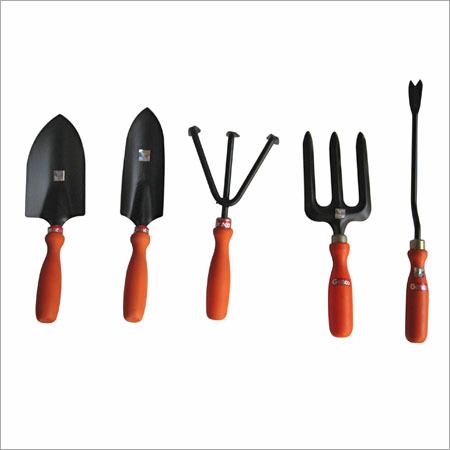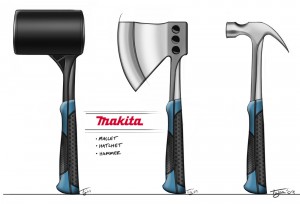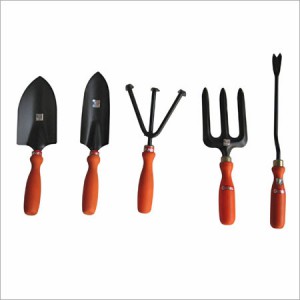There is a tool for every purpose…and we end up with a lot of tools.
What if common hand tools could react to the way in which we try to use them, to become better at what they recognize as a new intended functionality? This project aims to explore some of those possibilities.
These sets of tools have the same interface (handles) and basic interaction mode (whacking, shoveling) but serve different purposes and functions. The tool could sense subtle changes in the interaction and infer the intended functionality, morphing to better suit it.
Functional recognition and adaptation could be activated by the context of the interaction (hitting a large flat hard surface (ax), hitting a pointy hard surface (nail), hitting a large soft surface (dirt)), but could also be informed by the nature of the user’s action (sideways whacking, vertical whacking, digging.) These two ways of recognizing functionality are often complimentary. Consider another example, an eating utensil that senses either when the user is sipping from it (action) or when they are pouring fluid into it (context), and reacts by becoming more concave to better function as a fluid-holding drinkable vessel (These two functions – holding fluid and being easy to sip from – are distinct but commonly found together in useful human artifacts).



